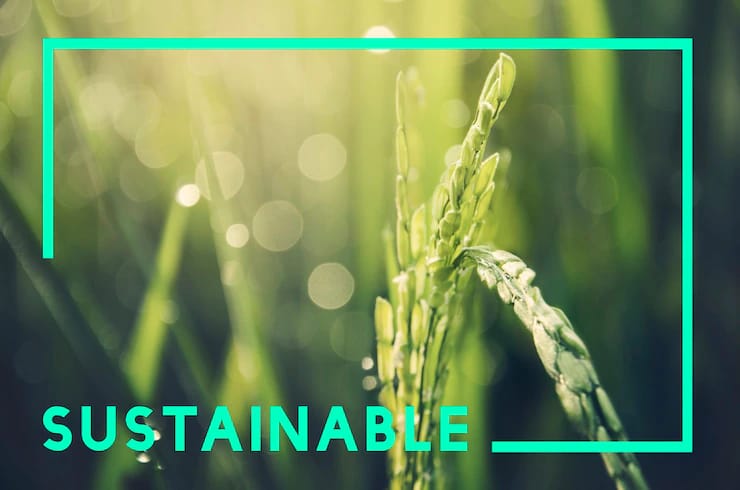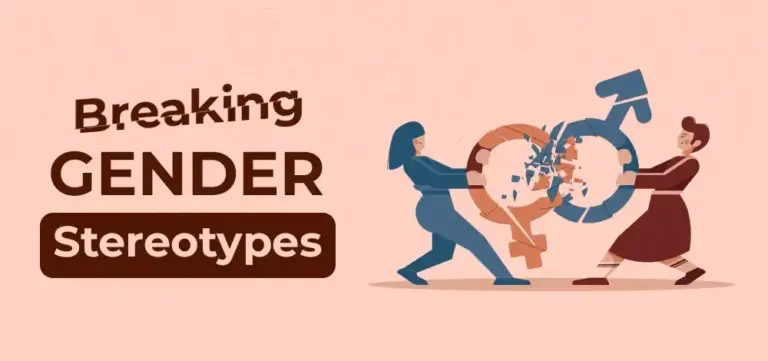Preserving Pakistan’s Diverse Cultural Heritage: A Legacy Worth Protecting
Written By: Shariq Khan
Pakistan has a lot of different customs, languages, and historical treasures that make up its rich cultural heritage. Ancient archaeological sites, lively festivals, and traditional arts are all part of the country’s cultural history. Similarly, these things show how rich and different the people are. In today’s fast-paced world, modernization and globalization are happening at an unprecedented rate. Since it has become increasingly important to safeguard and preserve the rich cultural heritage of Pakistan. Therefore, we must take quick action to ensure that we don’t lose these valuable traditions forever, as time is of the essence.
In this blog, we’ll talk about why protecting this tradition is important. What kinds of threats does it face? And what each of us can do to ensure it lasts for future generations.
Keeping historical sites of Pakistan in good shape
One of the most interesting things about Pakistan’s cultural history is how many historical sites there are. From the ancient ruins of Mohenjo-Daro to the awe-inspiring buildings of the Mughal era, these places are windows into our past.Moreover,they are important in terms of history, architecture, and art. BHowever, because of natural disasters and the growth of cities, many of these places are in danger of getting worse or even being destroyed. Conservation, ethical tourism, and awareness can preserve these locations for future generations and celebrate our rich past.
Pakistan is home to many historical places that are very important to culture and history.
Let’s look at some of these amazing places and where they are:
Mohenjo-Daro ( Sindh)
Mohenjo-Daro is one of Pakistan’s most well-known historical sites. It is in the province of Sindh. It goes back to the Bronze Age and is a symbol of the old civilization of the Indus Valley. The not so well-kept ruins show how this ancient society planned cities, made drainage systems, and had a sophisticated culture.
Taxila (Punjab)
Taxila is an old city that thrived during the Gandhara Civilization. It is near Islamabad, the capital of Pakistan, with its beautiful Buddhist stupas, temples, and Greek-style buildings. Moreover, this UNESCO World Heritage Site shows how Greek, Persian, and Buddhist cultures mixed.
Lahore Fort and Badshahi Mosque ( Punjab)
The majestic Lahore Fort and the great Badshahi Mosque are in the middle of Lahore, Punjab. Built during the time of the Mughals, these building masterpieces show the beauty and wealth of Mughal work. The Lahore Fort has beautiful frescoes, royal palaces, and the stunning Sheesh Mahal (Mirror Palace). The Badshahi Mosque, with its striking domes and minarets, is one of the biggest mosques in the world.
Makli Necropolis (Thatta, Sindh)
The Makli Necropolis is a huge cemetery near the city of Thatta in Sindh. It has tombs and mausoleums that are hundreds of years old. This UNESCO World Heritage Site shows the building brilliance of the Samma, Arghun, and Tarkhan dynasties, which ruled the area at different times. The tombs show the artistic and cultural diversity of the area through their detailed carvings and decorations.
People need to work together to keep these historical places in good shape, keep them from falling apart, learn more, and encourage responsible tourism. By putting in place conservation measures, funding study and documentation, and getting local people involved, we can make sure that these priceless treasures will be protected and shared for generations to come.
Traditional arts and crafts of Pakistan should be kept alive
Among Pakistan’s ancient arts and crafts are pottery, hand-woven textiles, woodwork, and intricate embroidery. Not only are these crafts works of art, in addition, they also have deep societal and historical meanings. Moreover, due to the rise of mass-produced goods, many traditional artists find it hard to make a living and pass on their skills. Moreover, by helping local artists, getting people to value and buy traditional crafts, and pushing programs that teach people new skills we can keep these art forms going, give people more power, and keep our culture history alive.
Pakistan has many ancient arts and crafts that have been passed down from generation to generation. These works of art not only show how creative and skilled our artists are, but they also show how different areas’ cultures shape their identities. Let’s take a look at some of these amazing projects and where they come from:
Pottery from Multan, Punjab
Multan is known as the City of Saints, and it is also known for its beautiful pottery. Skilled potters in Multan make detailed pieces of blue and white pottery with traditional designs and geometric patterns. Multani pottery, like artistic vases and hand-painted tiles, shows off the area’s rich history and skill.
Woodwork of Swat, KPK
People know Swat Valley not only for its natural beauty but also for its beautiful woodwork. In Swat, skilled carvers use walnut wood from the area to make elaborate carvings on furniture, doors, and decorative items. People should keep and recognize Swati woodwork as a valuable art form because of its intricate designs and fine workmanship.
Ajrak from Nasarpur, Sindh
When talking about traditional arts and crafts in Pakistan, the Ajrak is a must-mention. The town of Nasarpur in Sindh, Pakistan, produces a bright block-printed fabric called Ajrak. Its intricate geometric designs and rich natural dyes are known. Craftspeople in Nasarpur carefully make Ajrak using traditional methods passed down from generation to generation. Ajrak has many cultural meanings and is important to Sindhi customs and clothing.
Balochi embroidery from Balochistan
Balochi weaving is a beautiful art form that comes from the tribes of Balochistan. Baloch women use colored threads to make beautiful patterns and motifs on fabrics like shawls, dresses, and cushions. This craft shows off their artistic skills. Balochi embroidery is a unique craft that shows off the culture of Balochistan. Its intricate and geometric patterns are often based on nature and folklore.
Handwoven Carpets of Gilgit-Baltistan
The weavers of Gilgit-Baltistan skillfully create handwoven carpets that showcase high workmanship and are works of art. Artisans use traditional looms to make these carpets, incorporating designs that frequently feature symbols and motifs reflecting local customs and beliefs. Skilled weavers sustain their livelihoods and safeguard a craft passed down through generations by keeping the art of handwoven rugs alive.
Keeping our “intangible heritage” safe
We should preserve the cultural history of Pakistan that is visible to us, such as buildings and artifacts. Additionally, we must not overlook the intangible aspects of our culture, including languages, music, dance styles, food, and customs, the unique part of our national identity. However, in a world that changes quickly, these intangible things run the risk of getting lost or diluted. Therefore, it is important to record and share these cultural expressions, encourage the passing down of knowledge from one generation to the next, and encourage pride in our diverse history. By doing this, we can protect our intangible cultural heritage and help future generations feel like they fit in and have a sense of who they are.
Problems and ways to fix them
Trying to keep Pakistan’s culture history alive isn’t easy. Furthermore, Rapid urbanisation, poor infrastructure, not enough money, and a lack of general awareness and understanding are all big problems. Therefore, if everyone works together, these problems can be solved. Governments, non-government organisations, and people must work together to create comprehensive policies for protecting cultural heritage, invest in conservation projects, and set up educational programmes that instil a sense of pride and responsibility in preserving our cultural heritage. People can teach about cultural heritage in schools, plan cultural fairs and events, and use the internet to get the word out and involve more people in keeping our heritage alive.
Conclusion
The rich cultural history of Pakistan shows how diverse and rich our country is. Keeping this history alive is not just a matter of memories; it is a duty we owe to people who will come after us. We can ensure that Pakistan’s cultural legacy thrives by protecting historical places, supporting traditional arts and crafts, and caring for our “intangible heritage.”
To sum up, let’s work together on this, honouring our heritage as a source of strength and inspiration and promising to protect and enjoy our many different cultures for the rest of our lives.











